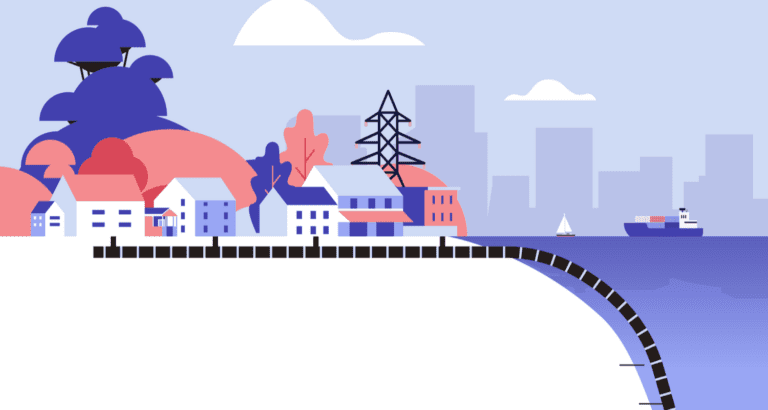The group behind the €1.1 billion project has secured its first investment.
The subsea cable, whose creators claim is the first to be constructed on the Arctic seabed, will link Europe and Japan via North America as part of the global internet infrastructure. The project is called Far North Fiber, a joint venture between Japan’s Arteria Networks, US-based Far North Digital and Finland’s Cinia.
Russian territory
A previous proposal to lay the cable along the Russian Arctic coast in partnership with Megafon, the country’s second-largest mobile phone provider, was shelved last year. According to Cinia, Russia was unwilling to approve the cable being built in its territorial zone.
“We may have seen other signs of growing nationalism in Russia and that’s what we experienced in the project too”, Cinia Chief Executive Ari-Jussi Knaapila told Reuters.
According to Knaapila, the cable will reduce data transmission delays between Frankfurt and Tokyo by about 30 percent. The cable is expected to run from the Nordics to Japan via Greenland, Canada and Alaska.
€200 million price tag
NORDUnet, a pan-Nordic research and education network operator, signed a letter of intent with Far North Fiber to finance one of the cable’s twelve planned pairs of fibres. NORDUnet is the first to publicly invest in the project.
Far North Fiber did not disclose financial details. A source told Reuters that each pair of fibres is worth about €100 million, plus an additional €100 million for maintenance throughout its 30-year existence.
Existing network cables linking Europe and Asio primarily run through the Suez Canal. According to Knaapila, the route is vulnerable to damage from ships.
The Finnish government owns most of network business Cinia, whose mission is to strengthen and diversify Finland’s connectivity. The country largely depends on cables connecting it to the rest of Europe.
Tip: Severed fibre cables in Europe cause Internet connectivity problems
